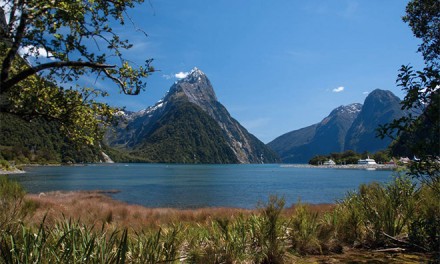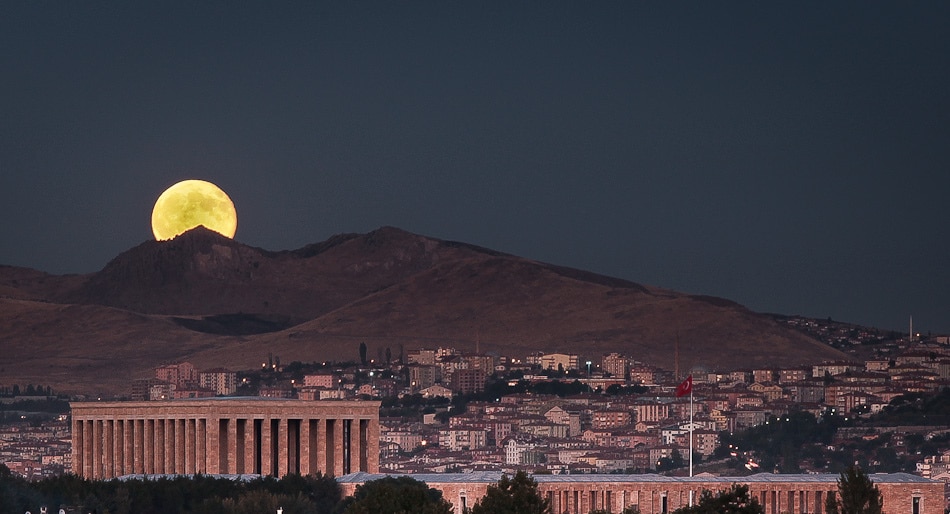
photo by: www.pexels.com / CC0
When it comes to landscape and nature photography, the right use of color can take a composition from average to spectacular; helping you to bring your images to life!
But with landscapes, sometimes it can be difficult to capture images with the colors that we’re looking for. Sure, the world is awash in colors, especially when nature’s concerned, but creating a composition that features the right use of color; that can sometimes be a challenge!
If you’d like to enhance your landscape images, looking to include more color, and using color effectively, can help. With this in mind, here are a few ways you can create more colorful landscapes.
Understanding Color
Before we move on to how to add more color to your landscapes, let’s take a quick look at the ‘why’ behind color –color theory, and the impact that it can have on an image.

photo by: wikipedia.org
Color is a lot more than just bright and vibrant splashes in your images. The right combination of colors can help to influence the effect of a resulting image; and the overall mood that it creates. With this in mind, here’s a look at a few different groups of colors, and the resulting impact of these color combinations.
• Complementary Colors
Perhaps the most well-known group of colors; complementary colors are hues that are found opposite each other on the color wheel. Think: yellow and purple or orange and blue. When deeply saturated, these color combinations can result in an image that’s bold, dramatic, and impactful.
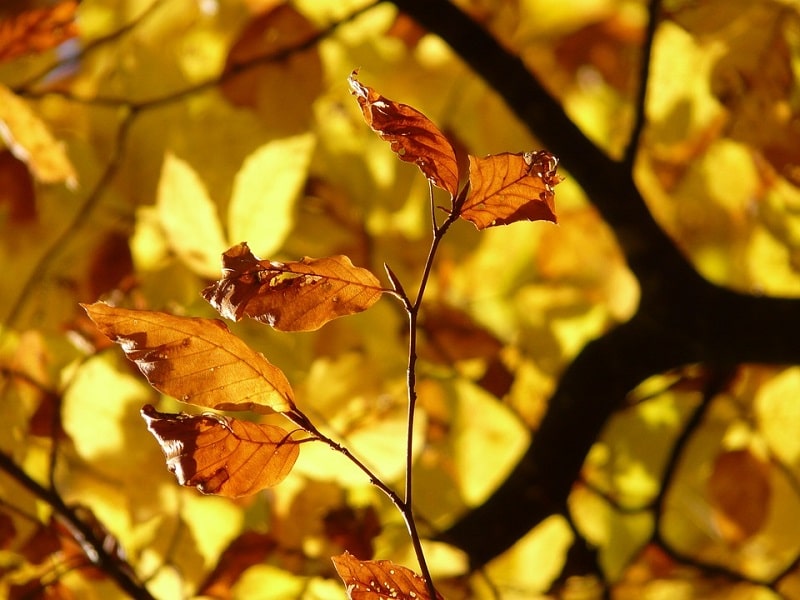
photo by: www.maxpixel.net / CC0
• Analogous Colors
These are colors that are situated next to each other on the color wheel. This type of color scheme can consist of anything from two colors, on up to half the color wheel. When used together, these shades can make for a pleasing and harmonious composition.
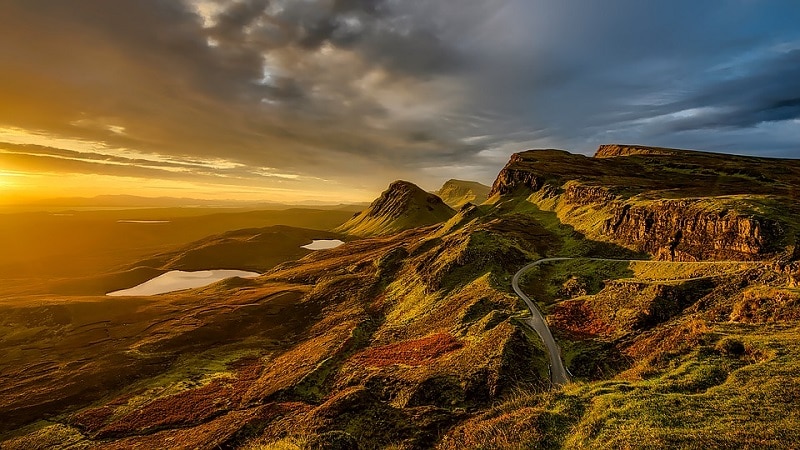
photo by: www.maxpixel.net / CC0
• Quadratic Colors
Also referred to as a ‘double complementary color scheme,’ this combination features two complementary color combinations. It’s a color set that’s found frequently in landscape photography and can make for a rich and visually pleasing image.
Other color combinations include triadic, monochromatic, and more!
Now, this doesn’t mean that you have to insist on only featuring these color schemes in your photography, but having a working knowledge of color theory and the overall impact of these combinations –can help you to spot a winning composition when you see one!
Finding and Incorporating Color
Let’s take a look at incorporating color into your landscape images.

photo by: www.pexels.com / CC0
• Know Where to Look
Sometimes, color can be found in unexpected places. From green trees to blue skies, to a forest of burnt orange leaves or a field of hot pink flowers, there are colors everywhere. But incorporating them into your compositions effectively can be a challenge. When composing your images, look for bright colors to incorporate into the foreground. Flowers, lush green grass, or mossy stones, for instance, can make for great foregrounds and are a great way to add color to your image. Keep in mind that using a wide-angle lens can help to enhance the foreground in an image, making it stand out as a key feature in your compositions.
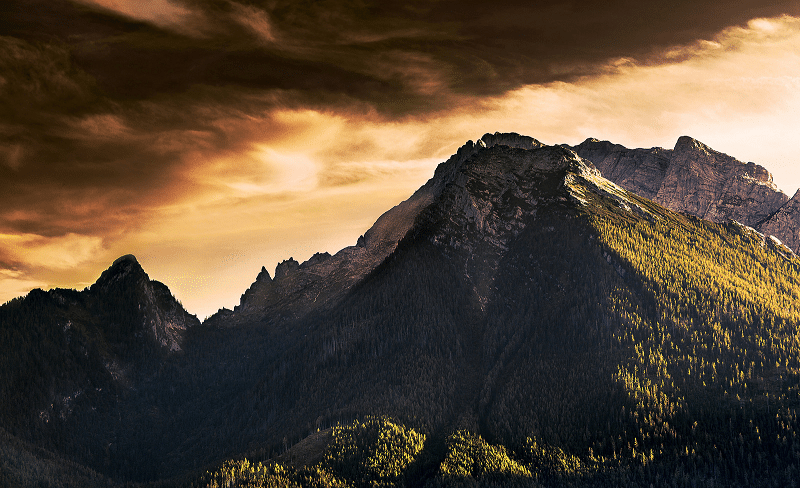
photo by: Lenny K Photography / CC0
• Know When to Go Out
Of course, there are certain times of the day that can make your job of searching for color easier. Early morning sunrises and evening sunsets, for instance, often reward you with some pleasing colors. A clear day can also be an ideal time to go out. Blue skies can feature in the background in your landscapes, while golden hour –that time of day just after sunrise and before sunset can also make for some beautiful photo opportunities to capture landscapes that are awash in color.
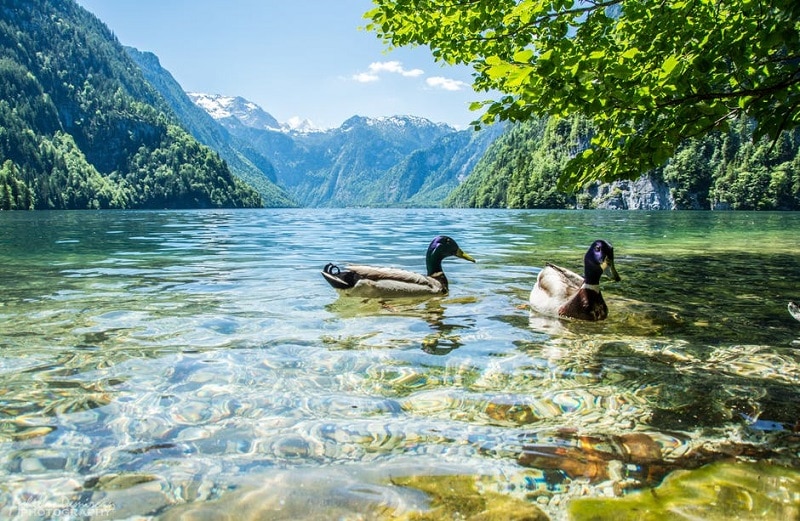
photo by: Achilles Demircan
• Use a Polarizer
A polarizer can help you to capture images with deeper, more saturated colors. Polarizers help to reduce surface glare that’s found on the surface of the water, foliage, or even wet rocks; and using one can result in colors that are richer and deeper. Polarizers can also help to reduce atmospheric haze, meaning that the mountain in the distance that you’re trying to capture will be clearer as well. You’ll also want to use a polarizer when capturing images that feature the blue sky, as a polarizer will help to deepen the blue.
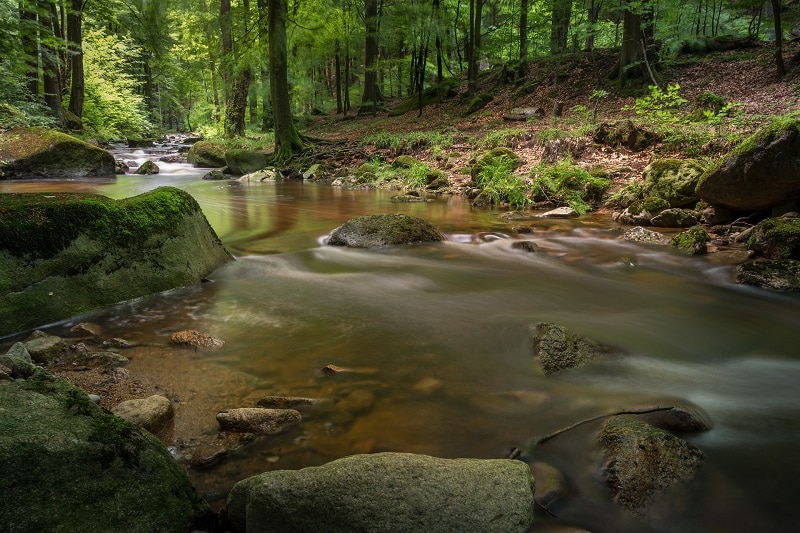
photo by: Seaq68
• Adjust Your Exposure
Adjusting your exposure can also help to deepen the colors you have to work with. In some cases, your camera’s metering system may use an exposure that’s lighter than necessary. But if you reduce your exposure just a bit, you’ll be able to get images that are slightly deeper in color.
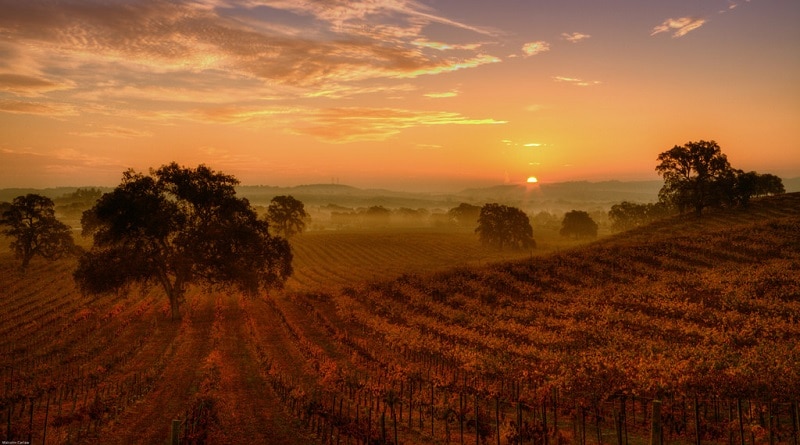
photo by: Malcolm Carlaw
• Consider the Lighting
Optimal lighting can help to enhance the colors in your images. For example, while shooting on an overcast day can result in colors that are deeper and more saturated; bright, sunny days can result in images with harsh shadows and blown out highlights.
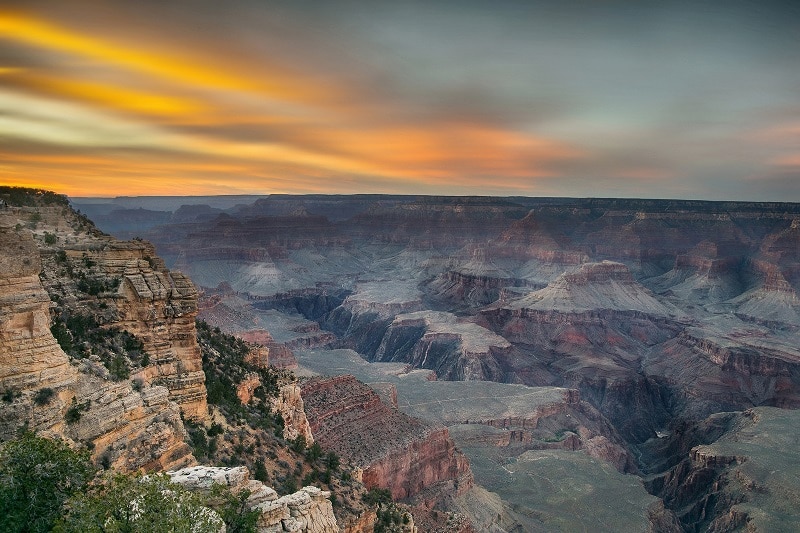
photo by: Lenny K Photography
• Post Processing
Finally, sometimes post processing can help to enhance the colors in your images. Adjusting the white balance in post can help to add a touch of warmth to your images, enhancing the overall color scheme. Or consider shooting in RAW and then adjusting the highlights slider to recover blown out highlights. Just take care that you don’t overdo it with the saturation or brightness sliders! It’s easy for an image to end up looking overdone and unnatural, especially when it’s a nature or landscape image. In most cases, simply selectively adjusting areas of a scene that you’d like to draw attention to is the best option. Areas that are already receiving direct light can usually stand to have their saturation increased slightly.
In the end, there are plenty of ways to add more color to your landscapes. Whether that’s taking a closer look for bright colors to feature in your foreground, or adjusting the colors in post processing. Just keep in mind your end goal for your image –the main focal point, and the message that you’d like it to convey. Then look to create a composition that features the right use of color, using it to both catch the eye, and draw the viewer in.
How do you enhance the colors in your images?



